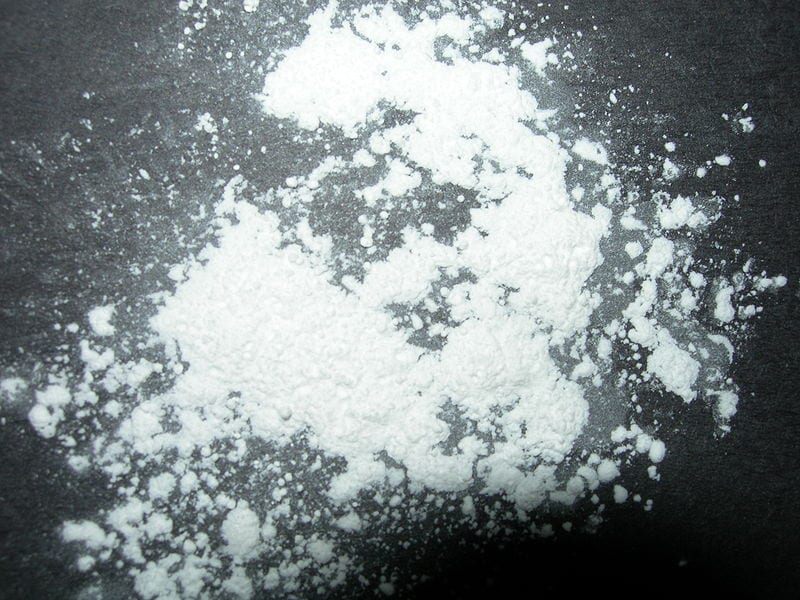Is J&J Baby Powder Carcinogenic?
The question about whether or not Johnson & Johnson’s Baby Powder contains carcinogens is reportedly about 45 years old. That is alleged in a plaintiffs’ lawsuit against Johnson & Johnson over its Baby Powder claiming there were reports as early as 1982 that the company’s baby powder was linked to ovarian cancer.
Now a class action lawsuit has been filed in Missouri claiming the use of the baby powder caused a 33 percent rise in the risk of ovarian cancer. The case has been filed in federal court alleging that the main ingredient, talc, is actually made from a hydrous magnesium silicate. Talc mines are found throughout the country and talc, the softest mineral on a scale of 1 to 10, is often found contaminated with naturally occurring asbestos, a group of fibers which are a known carcinogen.
The advertising for Johnson’s Baby Powder indicates it is so soft it can be used on a baby. Often women use it in their genital area to minimize chafing in hot summer months and there is nothing anywhere in a product label that states that is not wise. Additionally, parents and caregivers may use it on an infant’s genital area to avoid rashes.
The only warnings on the label say to avoid contact with the eyes, avoid inhaling the powder and to only use it externally.
A New York Times article from August 12, 1982 titled “Talcum Company Calls Study on Cancer Link Inconclusive,” first outlined the link to genital cancer in a published study in the journal Cancer. The principal author, Dr. Daniel W. Cramer, recommended further study be undertaken after he found 43 percent of 215 women with ovarian cancer diagnosed between November 1978 and September 1981 had used talc on their genitals or sanitary napkins.
Johnson & Johnson agreed at the time that more study was needed as well to determine if it is the mineral in the talc or the asbestos content of the talc that might make a user susceptible to cancer. For its part, in 1982 the company said its talc did not contain asbestos.
The plaintiffs say that J&J has intentionally deceived the public since 1982 with “fraud, false pretense, false promise, misrepresentation, unfair practices and omission, concealment, and suppression of material information in connection with the sale or advertisement of any merchandise in trade or commerce in or from the state of Missouri.”
So far in 2014, three lawsuits have been filed against the healthcare company over baby powder alleging a violation of the state’s Merchandising Practices Act, seeking restitution and a revision to the J&J ad campaign. In October 2013 a lawsuit was filed in South Dakota federal court by a woman who developed ovarian cancer.
This is a class action lawsuit made up of residents of Missouri who have used Johnson’s Baby Powder within the last five years.
Share This



